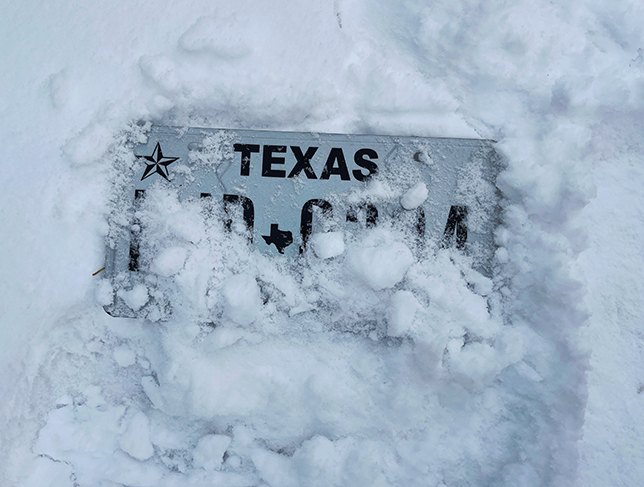Austin ISD Surveys Damage After Winter Storm
Austin Independent School District (AISD) officials in Austin, Texas, spent last week walking through schools and surveying the aftermath of the recent wave of winter storms. The verdict: Ninety of the district’s 130 schools were affected, and the total damage is estimated at about $15 million.
The damage includes HVAC systems that have gone down, broken water lines and supply lines, and flooding from adjacent properties that seeped into schools, according to Matias Segura, AISD operations manager. At least 15 school kitchens in the district experienced broken freezers, spoiled food, and a lack of running water.

“We feel extremely lucky. I think with the amount of power outages and alarms we heard, we were expecting a lot more [of the refrigerators to be broken],” said AISD interim director of Food Service and Warehouse Operations Christine Steenport. She said that maintenance teams are “working on gathering all that information, making sure there are plumbers on site to fix leaks and identify areas where that help is needed.”
Most schools in the district were able to welcome students back on March 1. However, for the most severely damaged schools—Kocurek Elementary School, Bertha Sadler Means Young Women’s Academy, Gus Garcia Young Men’s Leadership Academy, and Bowie High School—plans to repair and reopen are still a work in progress.
The funding for repairs is coming from the school district’s general fund, with expectations for reimbursement by either FEMA or insurance. Segura said that some wings of the schools that opened on March 1 may still be closed for student and faculty safety.
“Our commitment is to make sure that our facilities are warm, safe, and dry. That is absolutely critical. We will not open a space up until it’s 100% ready to go,” said Segura. “What that means is that we will need patience. We are going to need some grace to get through the work.”
Across Central Texas, many other school districts endured similar problems. At the Hays CISD, the library flooded. At the Eanes ISD, workers and school officials removed soaked sheet rock and drywall and carried it outside to be thrown away during their damage survey. And in Burnet CISD, a whole campus auditorium flooded thanks to a cracked pipe.
About the Author
Matt Jones is senior editor of Spaces4Learning. He can be reached at [email protected].